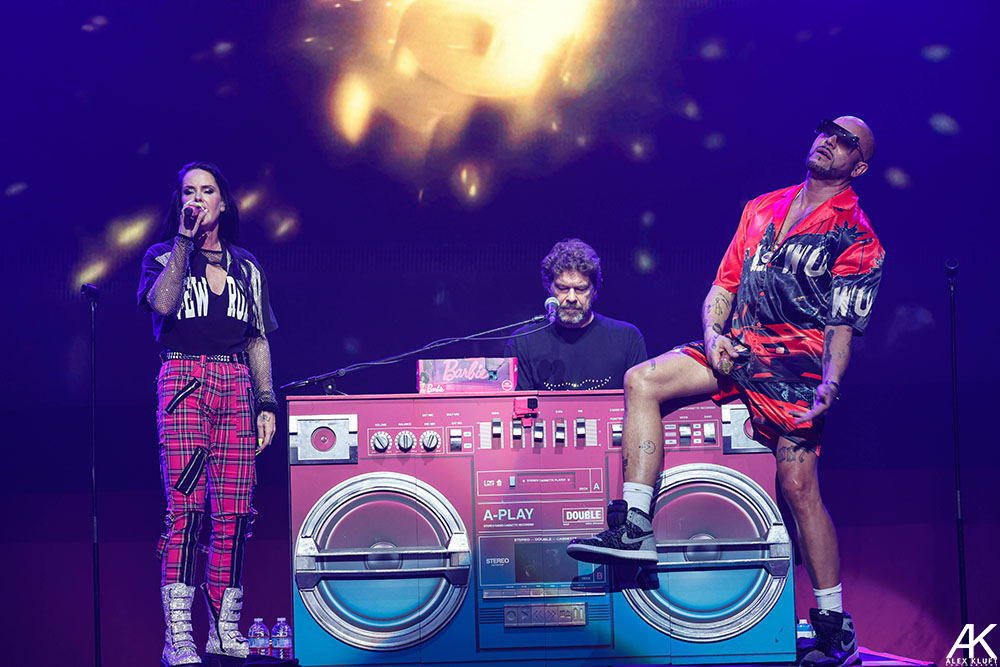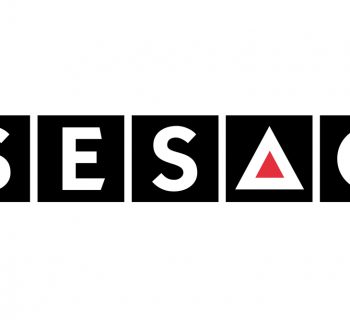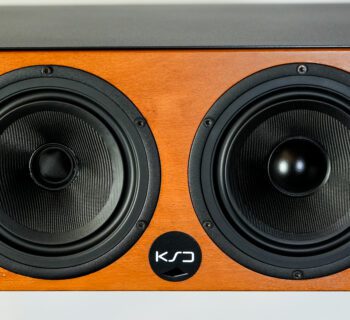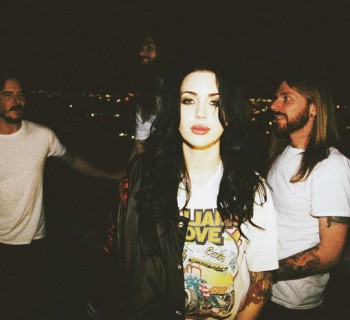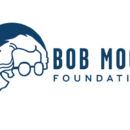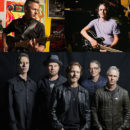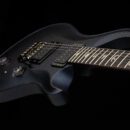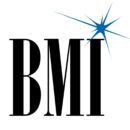A lot of productions these days are forgoing hiring a composer and relying instead on finding music for their projects using what’s known as a production music library.
A production music library is a database of hundreds to thousands of pieces of music that are written in advance with no specific project in mind. The music is categorized by concepts like mood, instrument, tempo, etc. Most music libraries are searchable via tags embedded in the metadata of the file.
For instance, if a director wants a piece of music for their project, they could type in terms (also known as “keywords”) such as “cheerful,” “acoustic,” and “guitar.” The database then filters the search results to show only pieces that are tagged with those terms, therefore, narrowing down the search.
While films and games still tend to hire composers to create a bespoke score, productions like reality TV shows, commercials, corporate training videos, and internet and radio advertisements are more and more using a production music library to find what they need.
While library music has been around for a long time, in the past decade its use has skyrocketed. The shift to more “reality-style” shows and internet streaming services has contributed to its rise in popularity for these reasons—The first: Using library music is typically cheaper than hiring a composer. Two: obtaining a license is relatively easy. And three: Instead of writing the music to the picture, a production company will edit the picture to the music.
Getting Started in Production Music Libraries
Because of their growing popularity, there are now many large music libraries in existence that contain hundreds of thousands of pieces of music, all tagged, all searchable. Do a Google search of “Production Music Libraries,” and you should get a list of the current heavy hitters.
A lot of major record labels like Universal Music Group and Warner Chappell Music have also thrown their massive hats into the library game, making it difficult for smaller independent libraries to get noticed.
The good news is that most of the major music libraries, minus the record labels, are reasonably open to new composers submitting their music. The bad news is, you need have a fairly exhaustive list of material before they will even consider you. Music libraries look at composers like a numbers game. The more composers and material they have, the more likely they’ll be able to license and make money off of them.
However, don’t think that because it’s relatively easier to submit to a library that they’ll just accept any old piece of music. There are protocols and requirements for submissions, the most important being that your tracks have to sound professional, polished and finished, so that they could grab your piece of music, plop it into a show, and they’re done. There is no room or time for demos in library music.
Therefore, make sure that before you submit or pitch your music to a library, it sounds broadcast ready.
Tips for Production Music Library Success
While each library may have some different protocols for how they handle their music, there are some universal standards that they all abide by.
Following these standards from the start can greatly enhance the possibility that your music will be picked up.
- Make sure the music is broadcast ready.
- Keep your tracks under three minutes long. One minute-thirty seconds to two minutes is optimal.
- Follow an A, B, A structure. Start with an idea, change to something else, then readdress the initial idea with more musical development.
- Add edit points every thirty seconds. This allows an editor to cut and possibly rearrange the music to fit the scene on which they are working.
- Create a thirty-second version for use in commercials.
- Make stems of each instrument group. Stems (short for “stereo masters”) are files from a recording separated by instrument or group of instruments, often for the purpose of creating an alternate mix.
- Learn the naming protocols of the library. It may be something like “Sunrise(title)_95bpm(tempo)_Amin(key)_Sad(mood)_24/48(sample rate).” Each library will have its own naming protocols, with which you should familiarize yourself.
- Embed the metadata for the track. The metadata within the files is how the tracks become searchable within a database. This is where you can tag the track with any relative search terms (keywords) based on mood, tempo, key, feel, etc. It’s also obligatory to embed all of your personal information, such as your name, your publisher, your PRO information (ASCAP, BMI, SESAC, etc.), and any splits with other writers. Most DAWs have the ability to add this information to your files while exporting. Familiarize yourself with this process. It's absolutely necessary if you want to be paid for mechanical uses and streaming.
The big thing to remember when you sit down and write music for a library is that it needs to evoke a mood or a feeling, the same as if you were writing music for a film—the biggest difference being that you won’t have someone guiding you as to what they’re looking for. This can be both frustrating and liberating at the same time. When composing library music, I sit down with a mood in mind. It may be with the intention of writing some upbeat pop/rock tracks, or I may be feeling a little melancholy, so I write something moody.
The point is, as long as it evokes a feeling, it has the potential to be used in a production. So, write what you feel in the moment. -Kris Hawkins
KRIS HAWKINS is an Emmy-winning music producer, award-winning educator, and author of The Working Musician’s Handbook for Professional Success (Rowman & Littlefield Publishers). For more information: krishawkinsmusic.com, info@krishawkinsmusic.com


